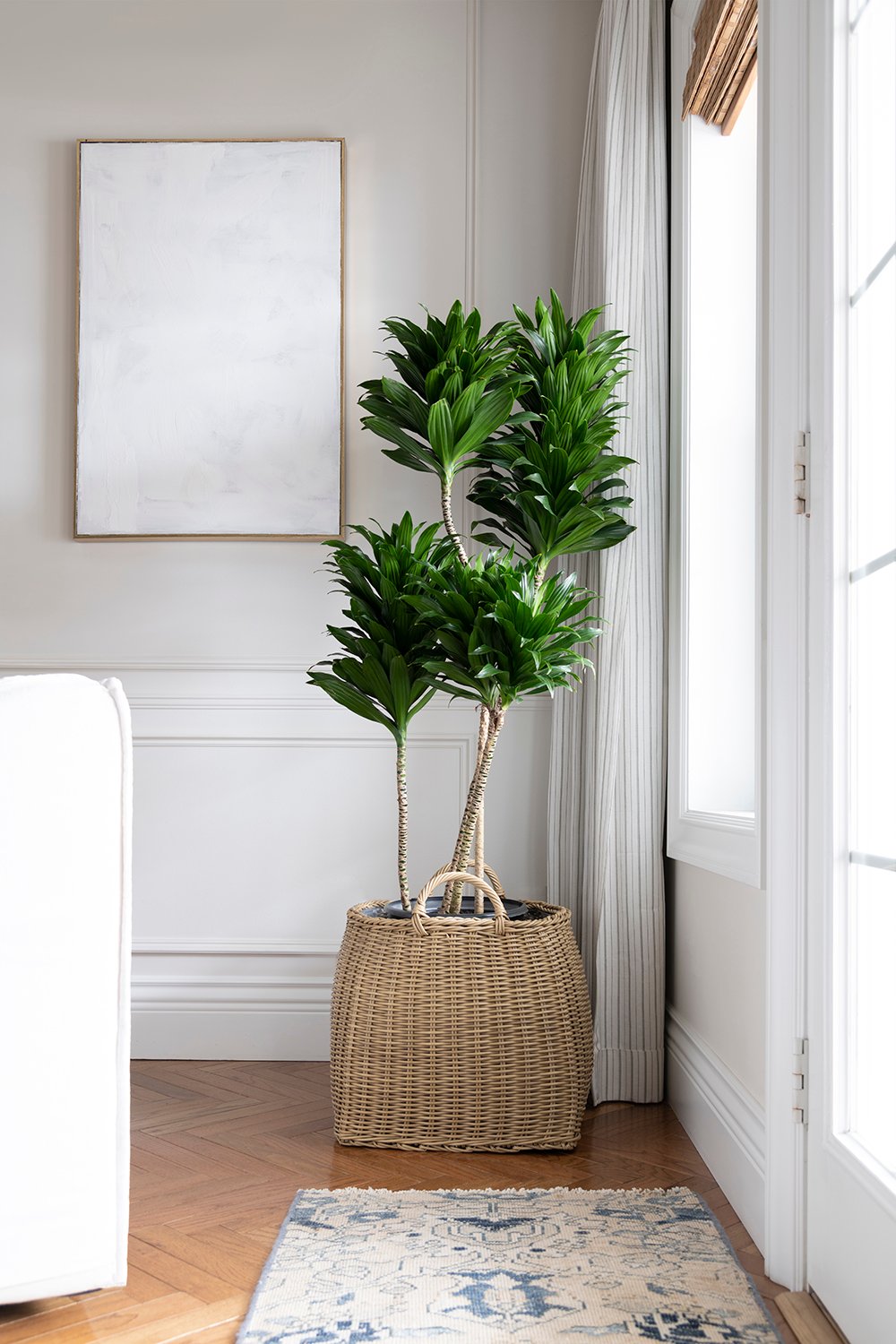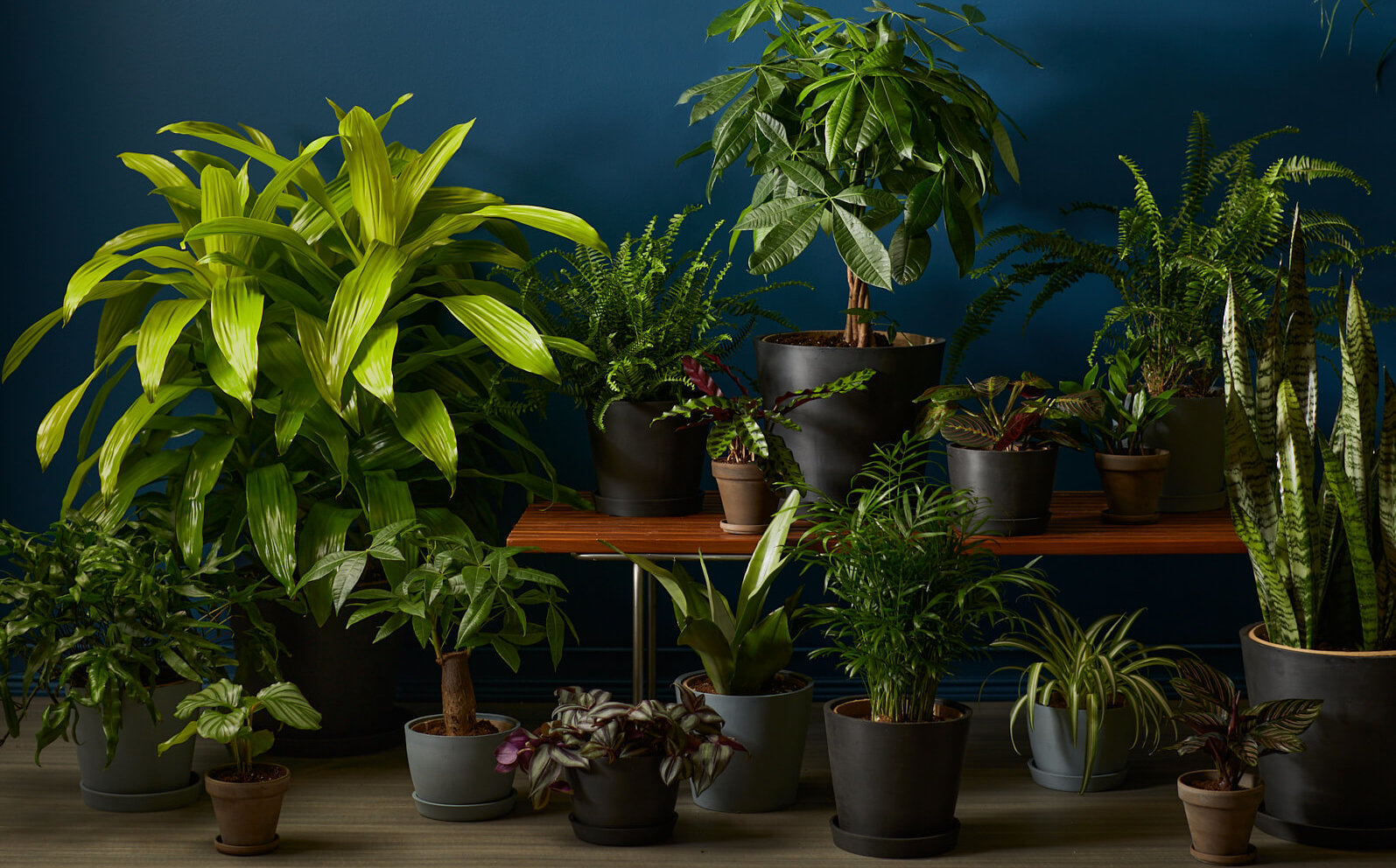How to Choose the Best Low-Light Indoor Plants for Your Interior Design Needs
How to Choose the Best Low-Light Indoor Plants for Your Interior Design Needs
Blog Article
Transform Your Home With Beautiful Low-Light Indoor Plants and Their Benefits
Incorporating low-light indoor plants into your home can substantially enhance both the ecological and aesthetic quality of your home. These plants, which grow in dark problems, serve not just as decorative components however likewise as natural air purifiers, making them ideal for city residents or those with restricted sunlight exposure. As we check out the numerous sorts of low-light plants and their advantages, you might locate shocking ways to incorporate them right into your home that can change your environments in methods you might not have actually prepared for.
Benefits of Low-Light Plants
Low-light plants provide various advantages for indoor environments, making them an exceptional choice for both amateur and experienced garden enthusiasts. One of the main benefits is their flexibility to low-light problems, permitting people to improve their space without the demand for comprehensive sunshine exposure. This characteristic makes them excellent for homes, offices, and various other areas with limited natural light.

In addition, including low-light plants into home décor can raise the aesthetic charm of an area. Their lavish foliage and differed appearances produce a calming environment, adding to general wellness. The presence of plant has actually been connected to decreased stress levels and enhanced performance, making low-light plants a sensible selection for improving both psychological and physical health in interior settings.
Top Low-Light Indoor Plants
While many indoor plants flourish in brilliant light, numerous types are particularly well-suited for low-light problems, making them suitable for numerous interior areas. One prominent choice is the Snake Plant (Sansevieria), known for its striking upright fallen leaves and strength, needing marginal care. One more exceptional alternative is the Pothos (Epipremnum aureum), which features heart-shaped fallen leaves and can track wonderfully from hangers or racks, flourishing in reduced light and adding a rich touch.
The ZZ Plant (Zamioculcas zamiifolia) is commemorated for its shiny fallen leaves and ability to withstand forget, making it best for active lifestyles. Similarly, the Peace Lily (Spathiphyllum) not just endures reduced light yet additionally generates sensational white blooms, boosting any space's visual.
For an unique touch, think about the Cast Iron Plant (Aspidistra elatior), which undoubtedly lives up to its name, thriving in the darkest edges of your home. The Chinese Evergreen (Aglaonema) uses a selection of leaf patterns and colors while being exceptionally flexible in low-light problems. These plants not just improve interior environments yet also add to air purification, boosting your living area.
Treatment Tips for Low-Light Plants

Sprinkling practices are critical; these plants frequently prefer slightly completely dry problems. Overwatering can result in root rot, so make sure that the leading inch of dirt is dry prior to sprinkling once again. Usage pots with drainage openings to allow excess wetness to escape.
Moisture is see here one more important element. Many low-light plants, such as brushes and tranquility lilies, take advantage of greater humidity levels. To increase humidity, take into consideration misting the leaves or positioning a tray of water near the plants.
Fertilizing needs to be come close to with care. Throughout the expanding period, use a watered down, balanced fluid plant food each month to sustain growth, but prevent feeding during the dormant cold weather.

Imaginative Ways to Display Plants
Indoor plants can offer as exciting centerpieces in any type of room, enhancing both aesthetic appeal and atmosphere. Innovative display screens can raise the aesthetic effect of low-light plants, making them an important part of your home style. One effective approach is to use tiered plant stands, which enable you to display numerous plants at varying elevations while maximizing flooring space.
Hanging planters are one more ingenious alternative, producing a sense of depth and attracting the eye upward. Take into consideration macramé wall mounts or wall-mounted racks to introduce an one-of-a-kind texture and design.
For a much more structured strategy, use geometric terrariums or glass containers to house your plants, including a contemporary touch to your interior yard. You can additionally repurpose classic items, such as teacups or wood pet crates, for a diverse screen that reflects your personality.
Enhancing Home Setting With Plants
Integrating low-light plants into your home not only improves aesthetic appeal yet additionally adds considerably to the total setting. These plants act as all-natural decor components, presenting a sense of peace that can change any type of space. The existence of plant promotes a relaxing atmosphere, which is specifically valuable in high-stress settings such as home workplaces or living rooms.
Low-light plants, such as snake plants, pothos, and ZZ plants, are not just aesthetically pleasing but also enhance interior air quality by filtering system contaminants. This dual function improves the setting additionally, creating a much healthier living space (Best low-light indoor plants). The critical positioning of these plants can also influence the assumption of area; for instance, tall plants can attract the eye up, making ceilings show up higher visit our website and rooms a lot more large
Furthermore, differing appearances and colors of foliage add deepness to interior decoration, enabling creative expression in home styling. Whether positioned on racks, in edges, or as centerpieces, low-light plants can boost the state of mind of any room. In summary, incorporating these plants into your home is an efficient way to promote a cozy, inviting ambience while gaining the advantages of boosted air quality dig this and aesthetic adaptability.
Final Thought
Including low-light interior plants right into home settings offers many advantages, including boosted aesthetic allure and boosted air top quality. These resistant plants, such as the Serpent Plant and Peace Lily, need marginal light and maintenance, making them appropriate for varied way of lives.
While numerous indoor plants thrive in bright light, several varieties are particularly well-suited for low-light problems, making them excellent for different interior spaces. One effective method is to use tiered plant stands, which enable you to display multiple plants at varying heights while making the most of floor area.
Low-light plants, such as serpent plants, pothos, and ZZ plants, are not only aesthetically pleasing however likewise boost indoor air top quality by filtering system pollutants. Best low-light indoor plants. The critical positioning of these plants can also influence the understanding of area; for circumstances, high plants can attract the eye up, making ceilings show up greater and areas more spacious
These durable plants, such as the Serpent Plant and Peace Lily, require very little light and upkeep, making them appropriate for varied way of lives.
Report this page